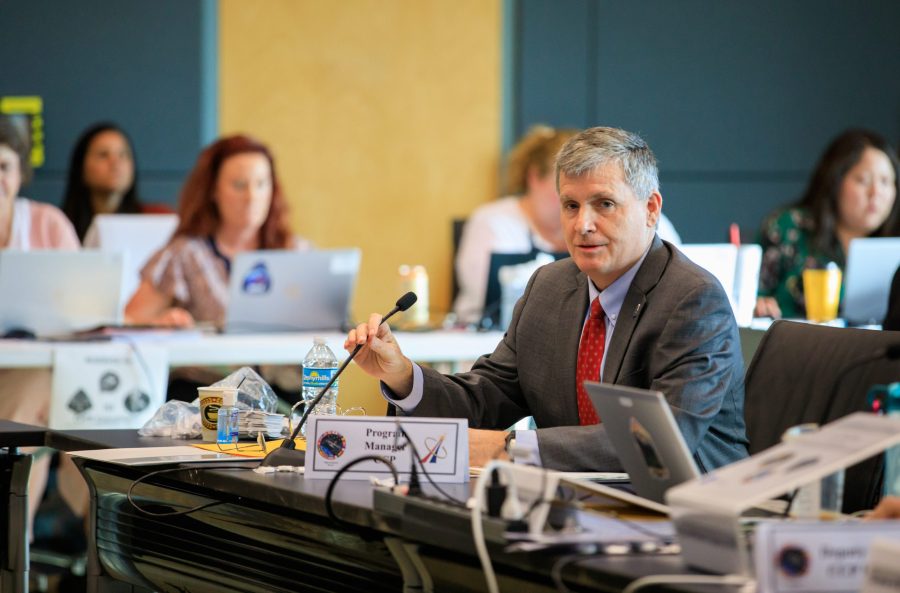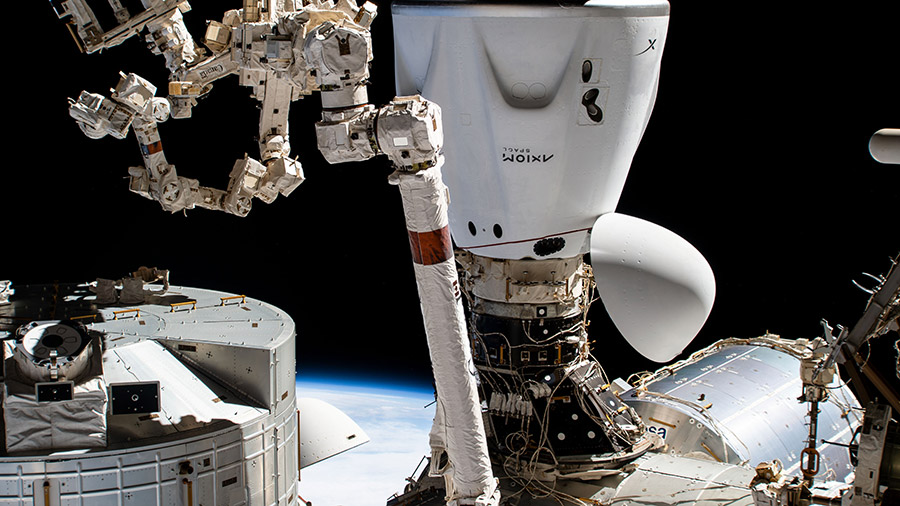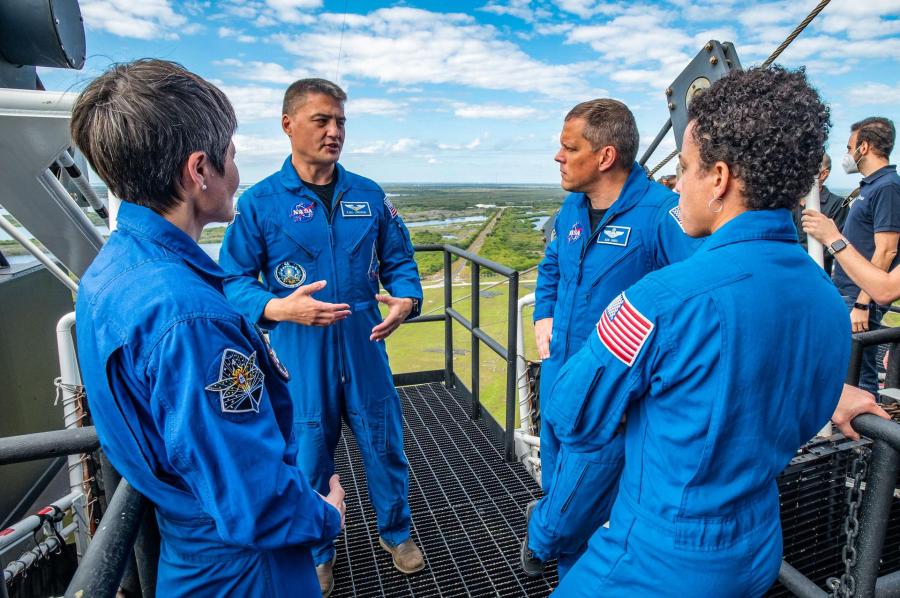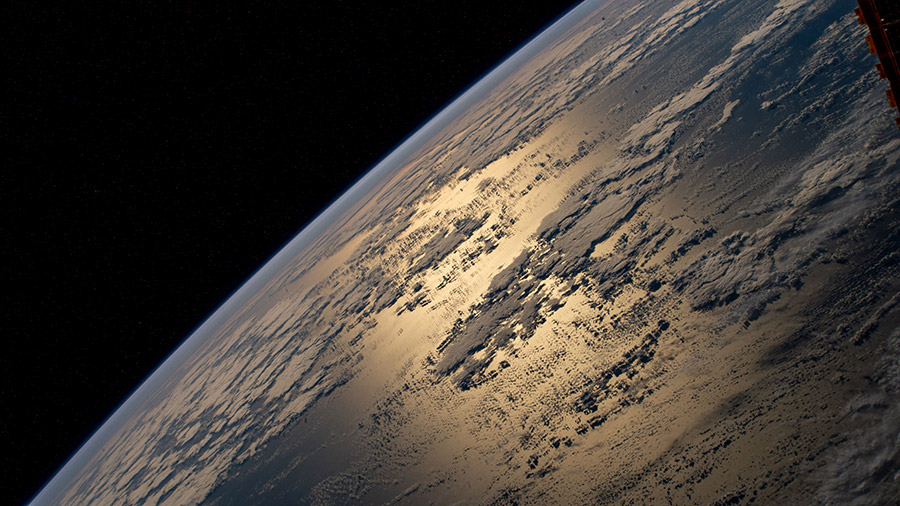The Flight Readiness Review for NASA’s SpaceX Crew-4 mission to the International Space Station has concluded, and teams are proceeding toward a 5:26 a.m. EDT liftoff on Saturday, April 23, from Kennedy Space Center’s Launch Complex 39A in Florida. NASA will hold a media conference at approximately 4:30 p.m. EDT to discuss the outcome of the review. …
Crew-4 FRR Concludes; NASA, SpaceX ‘Go’ for April 23 Launch





























